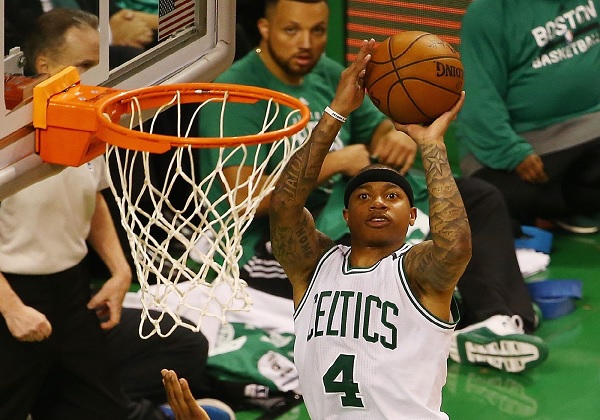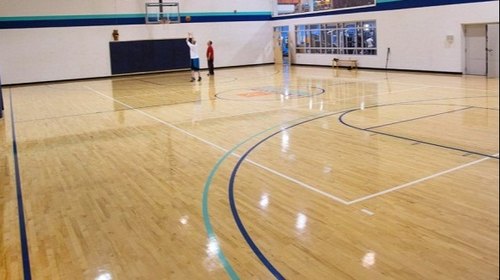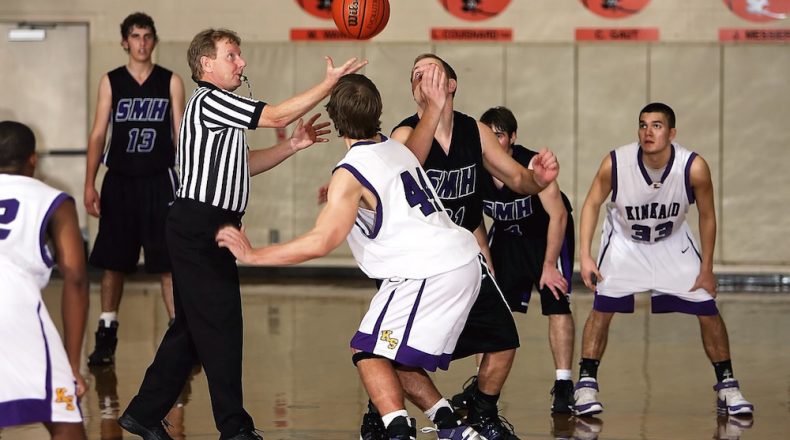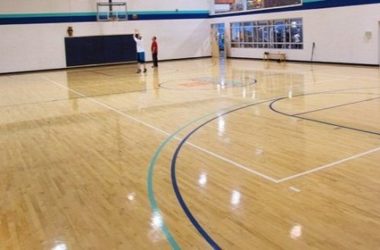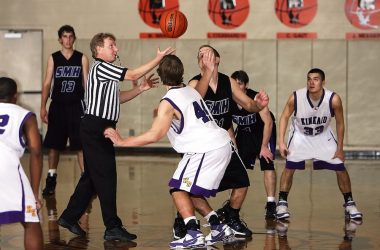Unsurprisingly, soccer players are always concerned with the football pitch quality. If you have ever played on a field that contained pockets of sand or mud, then you may have gotten frustrated by the lack of maintenance done. A poorly maintained pitch poses many risks to players. For example, if a small part of the pitch is starting to break, players’ ankles are placed at risk as they could easy twist them. As such, routine football pitch maintenance is often carried out to provide a well-grassed field for play.However, few people understand the process behind football pitch maintenance. In this article, we aim to take you through the various steps required to conduct pitch maintenance.
Firstly, a soil test of the pitch needs to be done, starting with pH and nutrient levels. If deficiencies or variations are found, the counter treatment can be applied. Additionally, fertilizers may be applied to speed up pitch recovery. In the event that the pitch recovers quickly, you may consider the reducing the dosage of fertilizer.
Secondly, all turfs require sufficient amounts of water, which are delivered via irrigation systems. Without adequate water supply, pitches are unable to utilize the supplied nutrients and thus will start to crack over time. This makes water delivery systems a part of football pitch maintenance works.
Thirdly, mowing is conducted to ensure that stem density remains sufficiently high. By achieving this, soccer balls bounce and roll with the necessary predictability for players to play the game. The key here is to mow the grass to a height that allows for smooth ball movement while also not over cutting and thus stressing the pitch. Additionally, it is worth mentioning that during rainy seasons, grass do tend to grow faster and thus will require more regular mowing sessions.
Fourthly, pest management needs to be conducted to rid the pitch of both insects, diseases and weeds. These unwanted evaders shorten the lifespan of your pitch and thus need to be addressed with certainty. In the case of weeds, crabgrass or otherwise known as Eleusine Indica is the most commonly observed weed problem for sports turfs. To counter which, it is recommended that pre-emergent herbicides be applied in advance to stop weed seeds from emerging.
We have covered four major processes of routine football pitch maintenance, however there are situations in which the application of these 4 processes will be insufficient.
When a pitch is used to the extent that the stems are worn away, the surface will beginto break up while depressions will start to appear. In this case, returfing will be needed to replace the worn-out areas. Additionally, topdressing may be needed in order to fill in any depressions and to restore the pitch to a flat surface.










